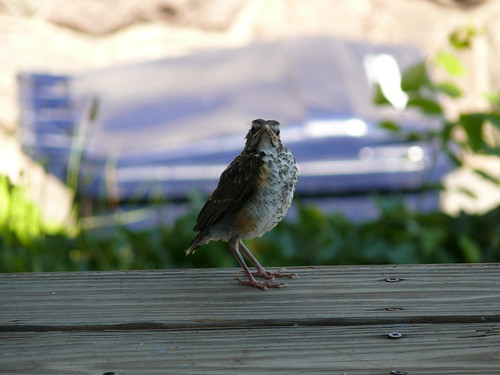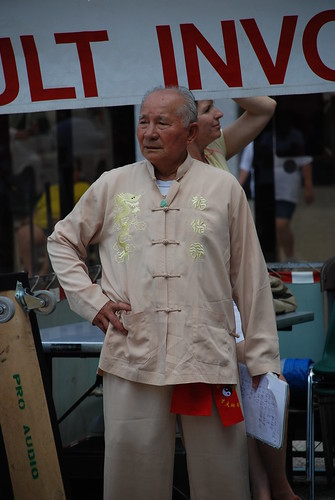Given that my dad lives just north of New Orleans, I have a vested interest in keeping an eye on things down there. Therefore I have made this page to be a repository of links relating to the approaching storm and (eventually) the aftermath. It will be updated regularly.
Webcam Lists
Master list of New Orleans webcams
Specific Webcams
NOLA.com Bridge Cam
Post of New Orleans
News and articles
Wikipedia page on Hurricane Gustav
Hurricane Gustav links at Google News





